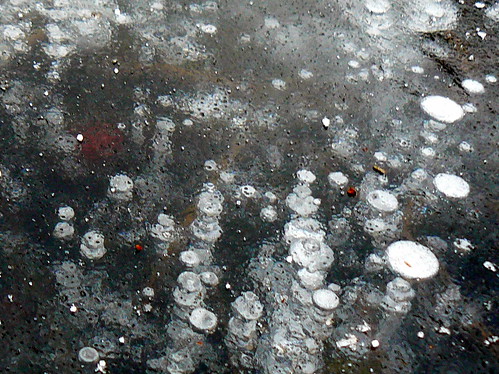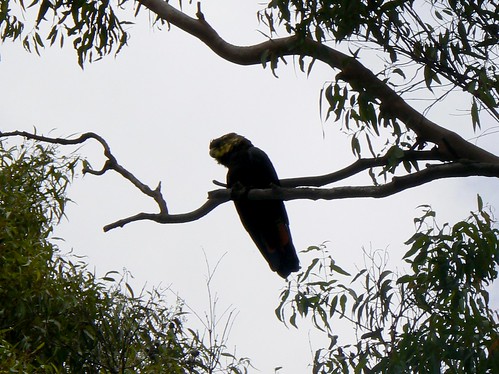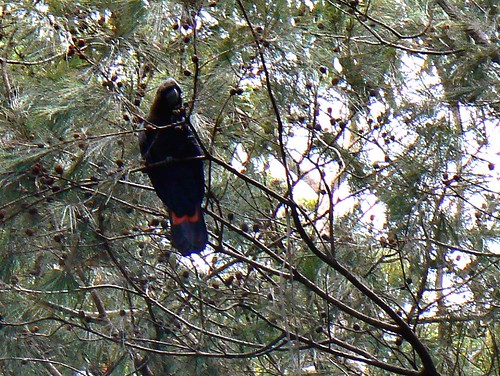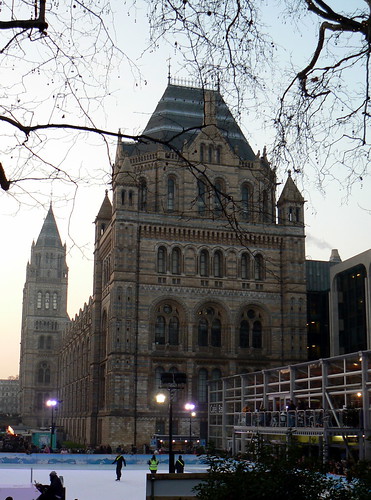Christie Lynn, at
Observations of a Nerd (a wonderful science blog.... do check it out!) has "tagged me".
Here are the rules:
1. Link to the person or persons who tagged you.
2. Post the rules on your blog.
3. Write six random and/or revealing things about yourself.
4. Tag six people at the end of your post and link to them.
5. Let each person know they’ve been tagged and leave a comment on their blog
6. Let the tagger know when your post entry is up on your site.
Six random/revealing things:
1. I have ridiculously vivid, detailed and epic dreams, and wake up with them still lingering in my head. For example, a couple of nights ago I dreamt I was at a scientific conference, and the Rolling Stones were there, along with entourage. They were all wearing suits made from sky-blue satin, including their manager, who had a broken arm. I was proudly explaining to the manager that when I was a lawyer, I successfully defended a very guilty serial killer. (And no, when I was a lawyer, I had no serial killer clients!)
2. According to
Myers-Briggs, I am
ENTJ (but I verge on the "I"); according to the "
Big Five personality traits," I score high on openness, conscientiousness and agreeableness, medium on extraversion, and low on neuroticism.
3. Many years ago, before he took off in Hollywood, Russell Crowe vomited on my shoes at a party.
4. When I was thirteen, I was forced to do a forward dive roll off a little springboard and onto a mat during P.E. I warned the P.E. teacher that I couldn't do it. I told her I'd break my arm. She wouldn't listen. So I did it. And I broke both arms. Ha! That showed her.
5. I get very upset by weeds and have to make a conscious effort not to let them get me down when I catch the train and see along the sides of the tracks the jungles of morning glory, privet, lantana, ivy, pampas, etc, etc, etc. I have a very unscientific fantasy of a magic genetic bullet that kills every invasive exotic plant in Australia, although I would have exemptions for food crops and various exotic plants that some people, for reasons that elude me, like to grow in their gardens.
6. The most magical moment I've had when travelling was in Florence. I climbed the long, winding staircase to the top of
Il Duomo late in the afternoon, and climbed out onto the balcony at dusk. The Tuscan hills were laid out in extraordinary colour, multiple hues of pastel blues, pinks, golds. And then, just as I was gazing out in the silence of the evening, the bells of the various cathedrals and churches of Florence began. They were out of synch, each tuned differently and varying in volume and distance, so it was a beautiful cacophony. When the Duomo itself joined in, it became deafening. Magnificent.
Blogs I'm tagging (and I hope you'll play along!):
1.
Ben Pobjie's Wonderful World of Objects2.
LemonFarm - Capertee Valley3.
Kipili4.
Misrule5.
TechnoLlama6.
Sabino CanyonCheers,
Margaret











